What is your organization’s most valuable asset? Many business owners might point to their physical plants, inventory, or even (if they are really being honest with themselves) their workforce. But regardless of industry, your number-one asset is your reputation. It likely didn’t cost much to establish your reputation, but losing it imparts a tremendous cost.
Consider the ways companies, non-profit organizations and even well-known individuals have lost their reputations:
- Financial institutions including AIG, Goldman Sachs, Bank of America, and JP Morgan Chase suffered serious reputation damage as a result of the US financial crisis
- The Susan G. Komen Foundation quickly lost its footing and negatively impacted its development efforts when an executive made the decision to step into a hot political issue and cease funding of Planned Parenthood
- Disgraced former New York State Governor Eliot Spitzer lost his reputation and his job in a swirl of hypocritical and illegal activities involving a prostitution ring
- BP’s reputation took heavy damage related to its involvement in and mishandling of the worst oil disaster in world history
The leaders involved in all of these examples faced a tipping point – that moment in time in which the situation, if not handled properly, would careen into crisis.
No two tipping points look the same. And if moments of crisis can so negatively affect huge reputations, how can the small business owner or low-budget non-profit possibly protect themselves from all the possible catastrophes?
There are five simple actions all organizations, individuals, and companies can take that will help protect them from reputation damage:
- Do the right thing. My favorite definition of Public Relations is “doing the right thing and taking credit for it.” As a wise grandmother once said (often): Don’t do anything you wouldn’t want to see on the front page of the newspaper. Executives and politicians should take heed. Your public relations team can’t “fix” a headline when it’s true!
- Prepare for the obvious thing. A water park faces very different likely issues than a bank. Manufacturing and construction firms face very different likely issues than financial or marketing services firms. Look around you – what bad things have happened to your organization or the competition? Make a list and make sure you have processes and procedures in place to ensure you do the right thing first, and are prepared to communicate during a related crisis.
- Plan for the worst thing. Even if it’s unlikely, think about – and plan for – the worst thing that could happen. Freak yourself out and think it through. Imagine if Apple hadn’t prepared for Steve Jobs’ death – that was very likely on their short list of “the worst things ever.” With thoughtful action plans and communications plans in place for those “worst things,” nothing should surprise you.
- Alert your team. There is nothing like learning you’re a member of “the crisis team” when the crisis is in full swing. Ensure your team is aware and prepared. Meet at least once or twice each year to remind everyone of their role on the crisis team, and to revisit your plans.
- Document your plans. Document your crisis communications plan. Take all of your thinking/planning, put it in writing, print it out, put it in one place, and share it with your internal team. Make sure to include lists of the important people you’ll need to contact, from investors and employees to elected officials and media. Think of your crisis communications plan as a first-aid kit – assembled when you’re in a coherent state of mind, your plan will guide and direct you in the heat of an emergency.
{{cta(‘18883645-893d-4605-b578-34f507b9ed55’)}}









